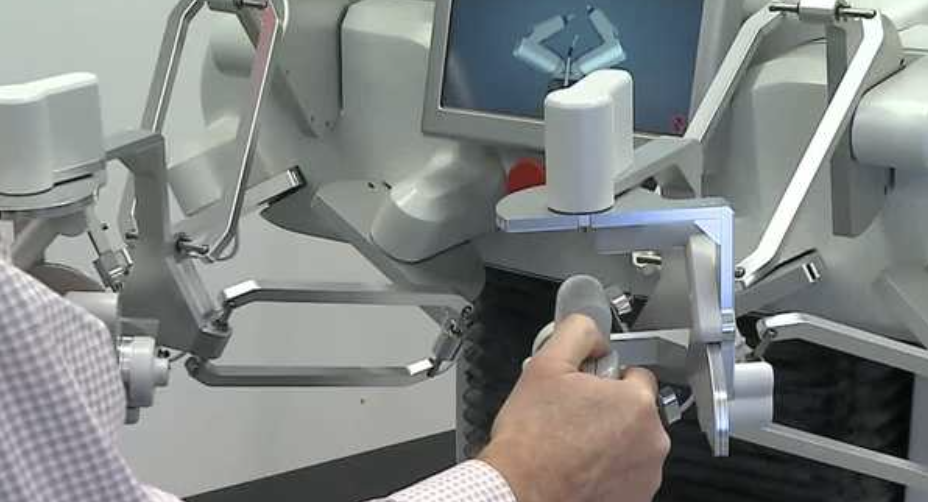Robot invented by Nebraska professor readies for space mission

A miniaturized robot invented by an engineering professor in Nebraska may soon be aboard the International Space Station.NASA awarded $100,000 to the University of Nebraska-Lincoln to prepare the surgical robot, which was invented by Shane Farritor, for a test mission in 2024.“NASA has been a long-term supporter of this research and, as a culmination of that effort, our robot will have a chance to fly on the International Space Station,” Farritor said in a statement. Farritor collaborated with University of Nebraska Medical Center head surgeon Dmitry Oleynikov to build the robot, known as MIRA, that is small enough to go inside a patient’s body. Because it requires only a small incision, recovery times are much faster. Surgery can also be performed remotely.”Traditionally, surgeries are performed with a large open incision. And that caused a lot of problems for the patient. The act of accessing the organs causes more damage than the actual surgery itself,” Farritor told sister station KETV NewsWatch 7 in 2017.Now, Farritor will write software, configure the robot to fit inside a space station experiment locker and test the device to ensure it can survive launch as well as perform as anticipated in space.“As people go further and deeper into space, they might need to do surgery someday,” Farritor said. “We’re working toward that goal.”Watch the video above for the full story.
A miniaturized robot invented by an engineering professor in Nebraska may soon be aboard the International Space Station.
NASA awarded $100,000 to the University of Nebraska-Lincoln to prepare the surgical robot, which was invented by Shane Farritor, for a test mission in 2024.
“NASA has been a long-term supporter of this research and, as a culmination of that effort, our robot will have a chance to fly on the International Space Station,” Farritor said in a statement.
Farritor collaborated with University of Nebraska Medical Center head surgeon Dmitry Oleynikov to build the robot, known as MIRA, that is small enough to go inside a patient’s body.
Because it requires only a small incision, recovery times are much faster. Surgery can also be performed remotely.
“Traditionally, surgeries are performed with a large open incision. And that caused a lot of problems for the patient. The act of accessing the organs causes more damage than the actual surgery itself,” Farritor told sister station KETV NewsWatch 7 in 2017.
Now, Farritor will write software, configure the robot to fit inside a space station experiment locker and test the device to ensure it can survive launch as well as perform as anticipated in space.
“As people go further and deeper into space, they might need to do surgery someday,” Farritor said. “We’re working toward that goal.”
Watch the video above for the full story.

